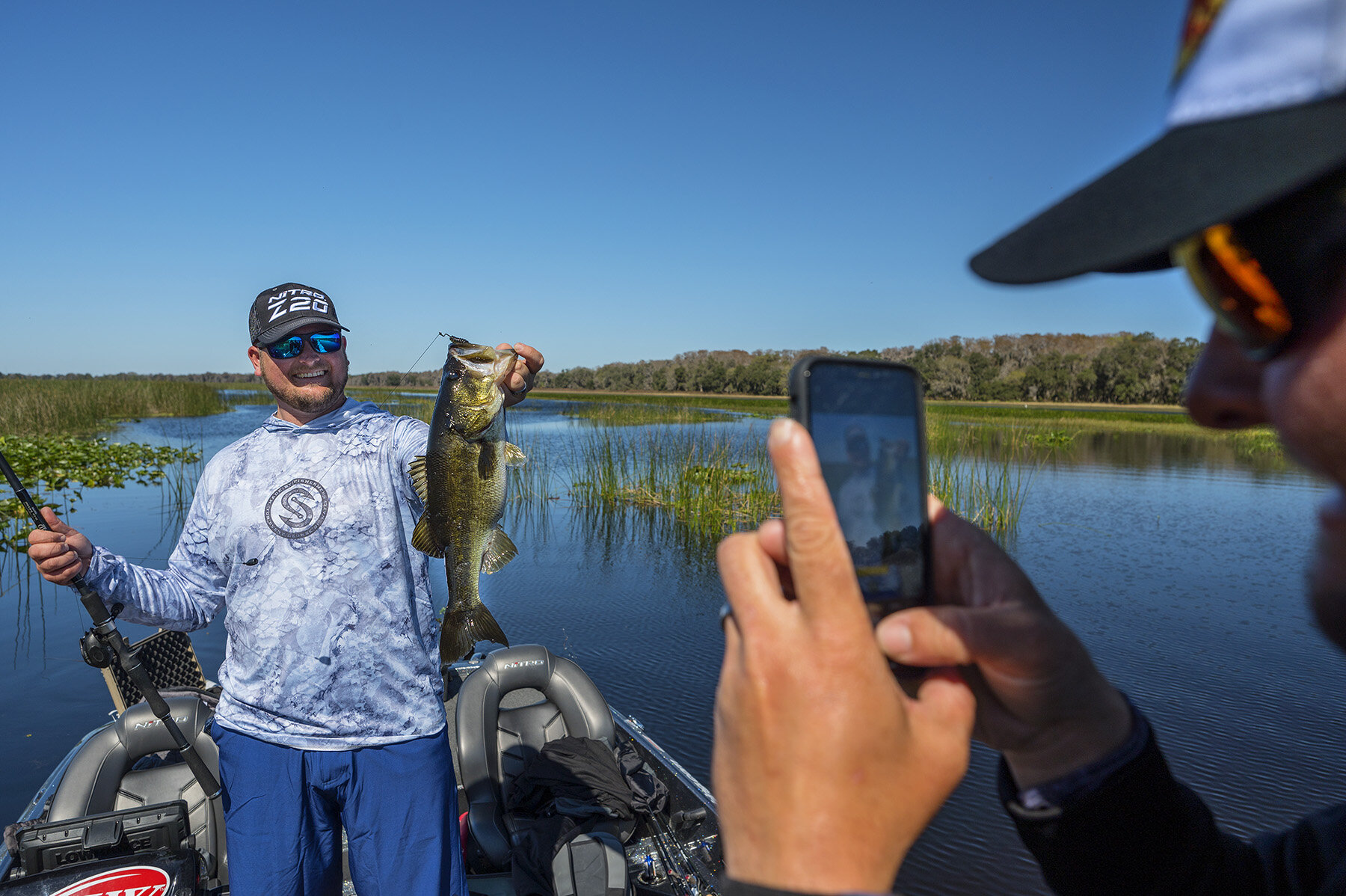Sonar on "spooning"
/The “spoon” is one of the oldest, and most simple, lure designs out there, and though some have phased them out of their tackle box, their effectiveness is not outdated. Though spoons are simple hunks of metal bent in a spoon-like shape, there are many different spoons out there, and it can get complicated choosing the right one for the conditions.
In an effort to simplify spoon selection, I have broken spoons into two different categories: “flutter” spoons and “vertical drop” spoons.
Flutter spoons are spoons that are generally longer and larger than vertical-drop spoons that have a more traditional spoon shape. They are designed to have a slower, more erratic fall, and create a lot of flash. Flutter spoons are a great choice when you are targeting large schools of fish relating and feeding on structure such as humps, ledges and creek channel bends. On lakes where ledge fishing is popular, such as Lake Pickwick in Alabama, these are great choices- especially during the post spawn.
Flutter spoons are designed to have a slower, more erratic fall.
Vertical spoons actually don’t tend to resemble spoons at all. Instead, they are simple hunks of metal that are designed to entice reaction strikes from fish living in deeper water. Vertical spoons are most effective when dropped directly below the boat-as apposed to casting- to target schools of feeding fish that you may or may not see on your graph. These spoons are excellent tools for catching fish in deep water and cold water conditions as well.
Vertical spoons are a great choice when fishing for fish in deep water.
One of the best things about fishing spoons is how simple the technique really is. The hardest part about spooning is finding out what depth zone the bass are relating to, but once you find that out it is as easy as dropping it in front of their noses. With flutter spoons you are usually going to be casting to a school relating to some sort of structure and then counting down the bait to the correct depth. Once the spoon reaches about the right depth implement a sharp, upward, jerks of the rod tip to “rip” the spoon up several feet, then simply let it flutter back down on a semi-slack line (to detect a bite). With vertical spoons, the technique is very similar to flutter spoons, however, you are dropping it beneath the boat and oftentimes watching the spoon on your depthfinder. Vertical spoons are usually going to be fished with more subtle yo-yoing motions as apposed to the violent action you may impart to a flutter spoon. Once again, be sure to let the spoon fall on a semi-slack line to identify a strike.
As you can see, spooning can be quite a simple to fish, and are an undeniably effective way to catch many different types of fish. So, the next time you are faced with conditions that are similar to what I’ve described here, go ahead and tie on one of these hunks of metal and load the boat!
















